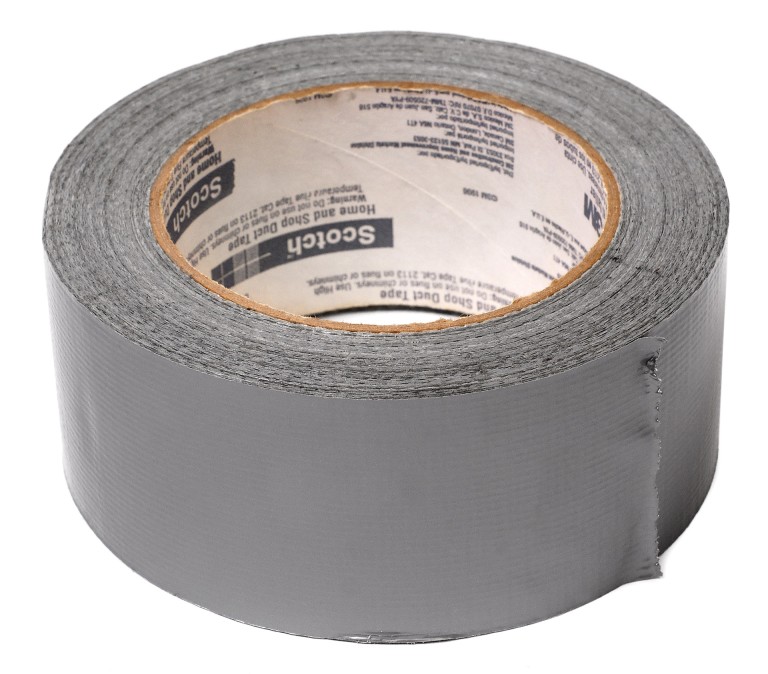Home Warranty > Home Tips For Homeowners
Solutions to Keep Your Home Mold-Free, Plus! Mold Health Risks Every Homeowner Should Know

Chances are as a homeowner, you’ve come face to face with this more than once: mold. Eliminating mold in the bathroom may be a simple enough chore to tackle (straight vinegar works!), but what about cleaning up mold after a natural disaster?
And, what exactly are the health risks of mold?
Ubiquitous Mold
Mold is everywhere, both indoors and outdoors. Mold itself stems directly from fungi. And there are always microscopic spores of fungi and bacteria in the air. Usually, mold isn’t a problem – until it starts to set up shop indoors. High humidity, warm temperatures, and poor ventilation all contribute to the ideal environment for mold to grow – and flourish. So, what’s the best way to control mold? Control moisture and humidity.
To control moisture, and thus mold, in the home – try these:
• Vent bathrooms and dryers to the outside
• Keep the bathroom fan running even after you’ve taken your hot shower
• Use air conditioners and dehumidifiers
• Increase ventilation throughout your home
• Use exhaust fans when cooking, dishwashing, or cleaning
Once mold is found, cleaning the mold and uncovering the source of the moisture is paramount.
If you find mold in the shower, use hot water, baking soda (an inexpensive, fume-free cleaning agent), and dish detergent to make a paste. Apply the paste, wait, and scrub away using hot water.
Vinegar, thanks to its acidity, kills 82 percent of mold species. Spray undiluted vinegar directly onto mold. Wait one hour. Scrub it away with hot water.
Mold Cleanup After Natural Disasters Strike
After a natural disaster strikes, mold is a common concern for homeowners. Floods, leaks, and high humidity are prime situations for mold to run its course.
Before cleaning mold in your home, take plenty of pictures of the state of your home and all of your belongings. Be in touch with your insurance company.
A general rule of thumb is this: If your home is not able to dry within 24 to 48 hours after a flood, expect mold to grow.
The first step is to dry out your home. The second step is to remove all water-damaged items.
When cleaning mold, the CDC recommends you wear personal protective equipment, including an N-95 respirator, goggles, and protective gloves. Do not touch mold or moldy items with your bare hands. If you or any of your family members have issues like asthma or chronic pulmonary problems, or have a compromised immune system, stay away from mold sites.
Mold precautions:
Protect yourself by wearing equipment to protect your eyes, nose, mouth, and skin.
Dry your home as quickly as you can. Then, work to remove standing water. Use a wet vacuum to remove water from floors, carpets, and durable surfaces.
Open all doors and windows to allow air to flow. Remove door hinges so door frames can allow full-access of air.
If electricity is safe to use, use fans and dehumidifiers to expedite the drying process. If mold is already present, do not use a fan as the fan can spread the mold spores.
Clean mold with water, detergent, bleach, or vinegar. Remove all visible mold. Dry right away.
Molded items should be thrown away. For more precious objects that you are hoping can be saved, consider these mold guidelines from the Smithsonian Institute.
After cleaning mold, you will want to undergo your own “deep clean.” Change out of your clothes and wash any and all clothing items that may have come into contact with mold in your washing machine with hot water. Incorporate an extra rinse cycle. Dry these clothes completely.
Can Mold Affect My Health?
Molds aren’t always harmful to human health and safety. The concern for health risks begins once mold spores land on a wet or a damp spot within a home and start growing.
For sensitive individuals, inhaling or touching mold can cause an allergic reaction, which may look like sneezing, a runny nose, red eyes, or a skin rash. Allergic reactions aren’t always immediate; some mold reactions can be rather delayed.
A family practitioner or general care healthcare provider can connect you to a specialist, like an allergist, who works with patients with mold allergies or an infectious diseases physician who treats mold infections.
Mold can trigger asthma, which is why individuals with asthma should avoid contact with or exposure to mold.
Should I Sample the Mold I Find?
Some homeowners wonder if they need to send off the mold they find in their homes for sampling, to determine what kind of mold it is exactly. According to the Smithsonian, “Building engineers, architects, industrial hygienists, architectural conservators, and microbiologists do not recommend sampling the air in order to identify the species of mold.” The EPA also agrees.
Sampling is an unnecessary step and can often be deemed a scam.
The bottom-line? No matter what kind of mold you find at home, clean it right away.


